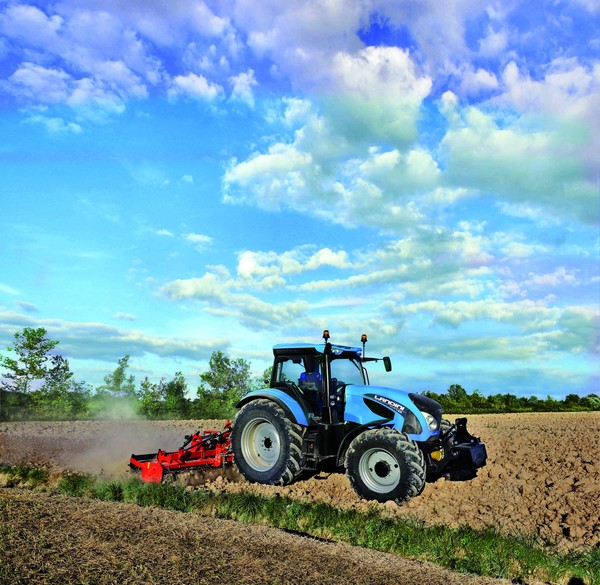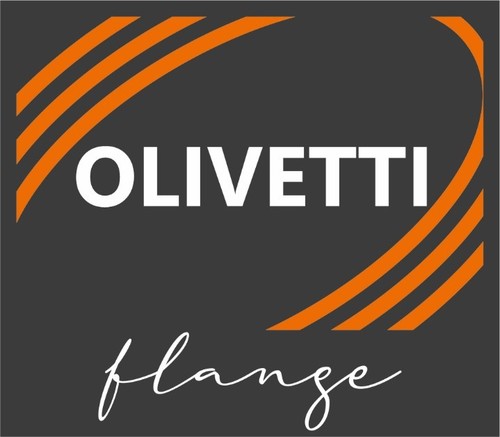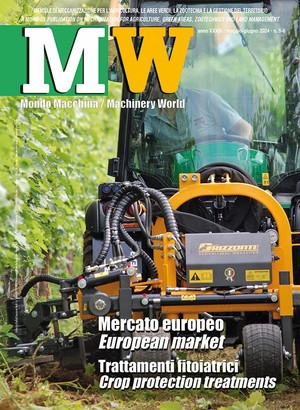
Decline of 2016 tractor market in Europe
Figures published by CEMA, the European association representing the producers of farms machines, show a 6.7% decrease in tractors sales. Downward trend in almost all European countries, with the exception of Spain showing an upward trend. The analysis per engine power categories shows a market segmentation with a good performance of both low-and high-powered machines, and a slight decrease in sales of mid-range machines
Tractor market in Europe decreased in 2016 compared with the previous year and will probably maintain the same trend in 2017. The figures on the registrations of tractors – published by CEMA, the European association representing manufacturers from thirty European countries – show the total amount of 145,375 new registered tractors, with a 6.7% decrease compared to 2015. Sales trend decreased during the first six months and the last quarter of 2016, while it had a noticeable increase in the third three-month period of last year. Overall, CEMA attributes this trend to the need to register, within October 1st, a huge number of tractors between 75 and 175 horsepower equipped with Stage IIIB engines, that could have not been marketed after the entry into force of the more stringent emissions regulation. Looking at the markets of the main European countries, Germany and France decreased respectively by 10.8% (28,747 units) and 6% (27,403 units). As far as concerns Italy, (third market in Europe), the decrease was more limited compared to the European average (-0.5% with 18,341 new registered tractors) with a similar situation occurred in the UK (-0.7% with 12,025 units). Against the trend is Spain (+7.7%, with 11,427 machines). Figures show that the slight downtrend experienced in France and Germany follows an overall positive trend of recent years, with significant increases until 2013. The decrease of the Italian market, much more limited in percentage terms compared to the other two countries, is to be placed within a negative trend characterized by a steady decrease in tractors sales in the last decade. Several transformations of the Italian agricultural system have caused the drop of tractors sales to historically low levels. The Spanish figure may also be seen in a mid-term perspective: the good performance of recent years might be interpreted as a physiological upward trend after the fall in sales due to the economic crisis started in 2010 (-10.6%). A country-by-country analysis highlights a wide variety of trends: Hungary experiences the highest decrease in percentage (-28.4% and 2,847 units), while Croatia is the country with the highest increase (+73.4%), even though referring to a limited number of machines (541). Sales analysis per engine power categories is also interesting: despite the average downward trend of markets, there was a positive sales trend of tractors with less than 50 horsepower (+14.4%), high-power tractors between 150 and 175 and of tractors over 250 horsepower. A noticeable sales drop can be instead observed for mid-range machines. The overall decrease in sales in Europe is part of a general decline in farm incomes, which reduces the investment capacity of businesses to purchase mechanical means. The oversupply of agricultural products and the consequent reduction of their prices are expected to continue even in 2017, thus maintaining the machinery market at levels similar to those achieved last year.








